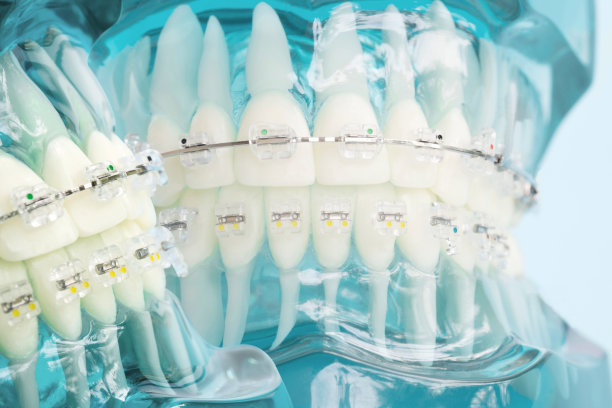Comprehensive Guide to Dental Implant Treatment for Restoring Your Smile and Enhancing Oral Health Effectively
Summary: This comprehensive guide explores dental implant treatment as a solution for restoring smiles and enhancing oral health. It covers essential aspects such as understanding dental implants, the procedure involved, post-treatment care, and the benefits of choosing implants over traditional dentures. With insights on how implants can improve quality of life and oral function, this article serves as an invaluable resource for anyone considering dental implants. By carefully evaluating each phase of treatment, individuals can make informed decisions about their oral health and choose the best path toward a beautiful smile.
1. Understanding Dental Implants and Their Components

Dental implants are artificial tooth roots that provide a permanent base for fixed replacement teeth. Typically made of titanium, they are biocompatible and designed to integrate with the jawbone. Understanding the components of dental implants is crucial for anyone considering this treatment. The major parts include the implant itself, the abutment that connects the implant to the crown, and the crown, which is the visible part of the tooth.
Implants can replace a single missing tooth or multiple teeth. They offer a stable foundation, preventing bone loss and maintaining facial structure. Many patients choose implants over traditional dentures for the significant benefits they provide in function and aesthetics. The longevity of dental implants, often lasting over a decade, is another favorable factor attracting patients.
In summary, understanding dental implants involves recognizing their structure, functionality, and advantages over other dental restoration methods. This foundational knowledge helps patients appreciate why implants are a valuable investment in their oral health.
2. The Dental Implant Procedure Explained
The dental implant procedure typically begins with a comprehensive evaluation by a qualified dentist or oral surgeon. During this phase, digital imaging and physical examinations are performed to assess jawbone density and the overall oral health of the patient. This assessment helps in planning the surgical intervention accurately.
The next step involves placing the implant into the jawbone. This procedure is carried out under local anesthesia, ensuring that the patient feels minimal discomfort. After the implant is secured, the healing period begins, which can take several months, allowing the bone to integrate with the implant—a process known as osseointegration.
Once healing is complete, an abutment is attached to the implant, and impressions are taken to create the custom crown. The final restoration is placed, completing the dental implant process and providing the patient with a natural-looking and fully functional tooth. Each stage of this procedure is essential for ensuring the durability and success of the dental implant.
3. Post-Treatment Care for Dental Implants
After receiving dental implants, proper aftercare is crucial for longevity and oral health. Patients are advised to adhere to a routine of good oral hygiene, including brushing and flossing regularly. This is essential to prevent plaque build-up, which can lead to infections and implant failure.
Moreover, regular dental check-ups are recommended, allowing the dentist to monitor the implants and assess the surrounding gum and bone health. These visits help in early detection of any potential issues, ensuring long-term success and functionality of the implants.
Additionally, patients should be mindful of their diet during the healing phase, opting for soft foods and avoiding hard or sticky items that could put pressure on the newly placed implants. Implementing these care practices will significantly aid in the recovery and longevity of the implants.
4. Benefits of Dental Implants Over Traditional Dentures
Dental implants offer numerous benefits compared to traditional dentures. One of the primary advantages is their stability. Unlike dentures that can slip and cause discomfort, dental implants provide a secure fit, allowing patients to eat, speak, and smile confidently without worry.
Furthermore, dental implants promote bone health by preventing deterioration. When a tooth is lost, the jawbone can weaken over time due to lack of stimulation. Implants mimic natural tooth roots, helping to preserve bone density and prevent facial sagging, which often accompanies tooth loss.
Finally, dental implants enhance overall quality of life. Patients can enjoy their favorite foods without restrictions and have improved speech clarity. The aesthetic enhancement of a beautiful smile also boosts self-confidence, making dental implants an appealing option for those seeking to restore not just functionality but also their appearance.
Summary:
This comprehensive guide has provided an in-depth overview of dental implant treatment, covering the essential aspects that contribute to restoring smiles and enhancing oral health. From understanding the procedure to post-treatment care and the benefits over traditional methods, readers are now better equipped to consider implants as a viable option for dental restoration.
Remember, investing in dental implants not only improves your smile but also your overall health and quality of life.
This article is compiled by Vickong Dental and the content is for reference only



